The best AMD graphics card in 2025: top GPUs from Team Red
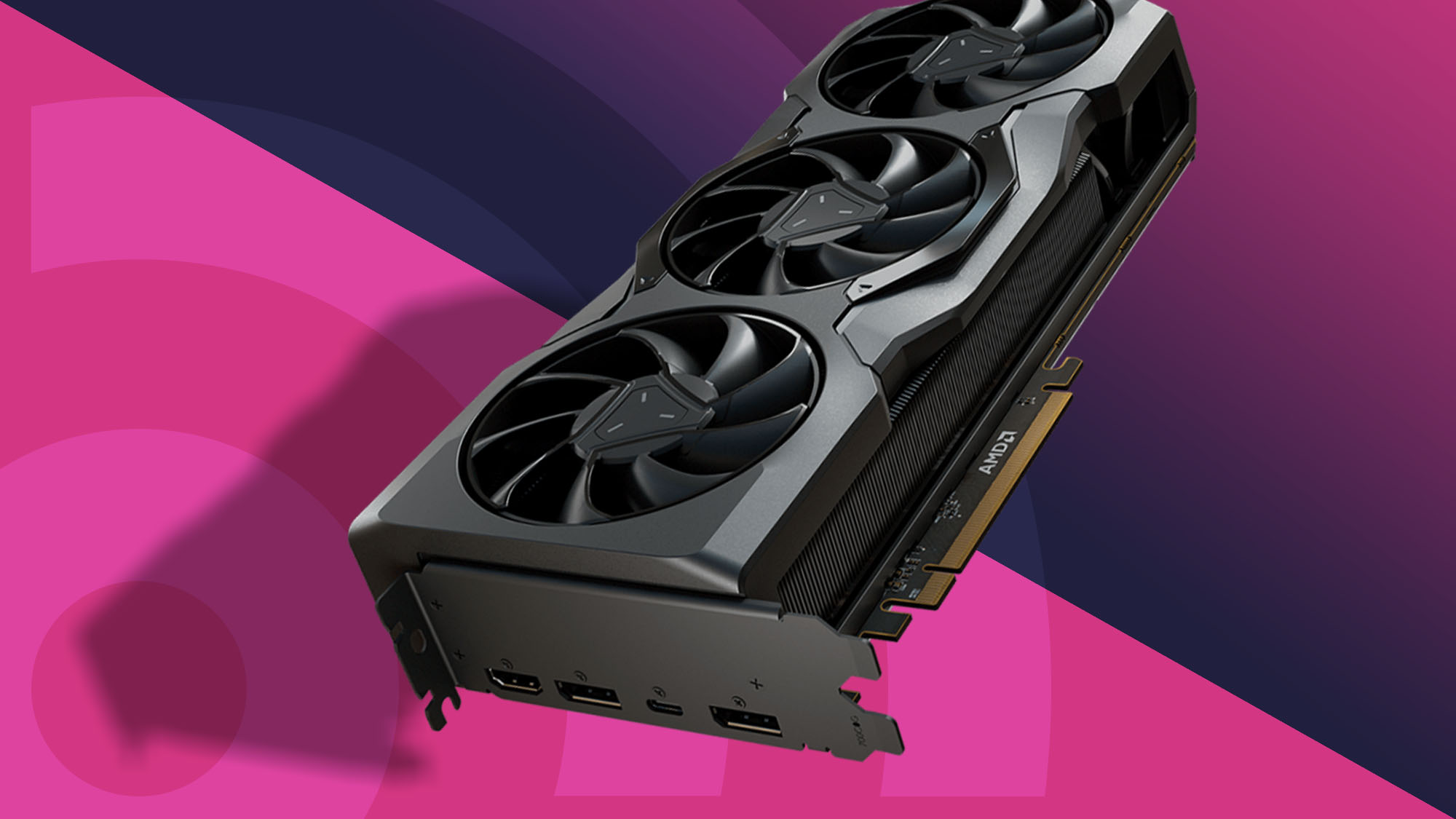
Finding the best AMD graphics card in 2025 can be tricky, especially with ongoing supply chain disruptions and fluctuating prices still affecting the GPU market. Despite these challenges, AMD continues to deliver some of the best performance-per-dollar options available, maintaining its reputation as the go-to GPU maker for budget-conscious PC enthusiasts.
At the top of AMD’s current lineup is the Radeon RX 9070 XT, which not only stands out as AMD’s current flagship card but also ranks among the best graphics cards overall this year. It offers excellent performance across the board, including for demanding 4K gaming, all without the premium price tag found in some of Nvidia’s high-end models.
For gamers who want solid performance without breaking the bank, the Radeon RX 9060 XT is now AMD’s leading value-oriented card. It replaces the RX 7600 as the brand’s top budget-friendly pick, delivering strong results at 1080p and even handling 1440p gaming quite well. It holds up impressively against similarly priced Nvidia cards, often costing less while offering comparable—if not better—performance in many titles.
After more than half a decade of hands-on testing and reviewing graphics cards, I've curated these picks specifically focused on balancing cost, performance, and availability better than most alternatives.
Best AMD graphics card: The Quick List
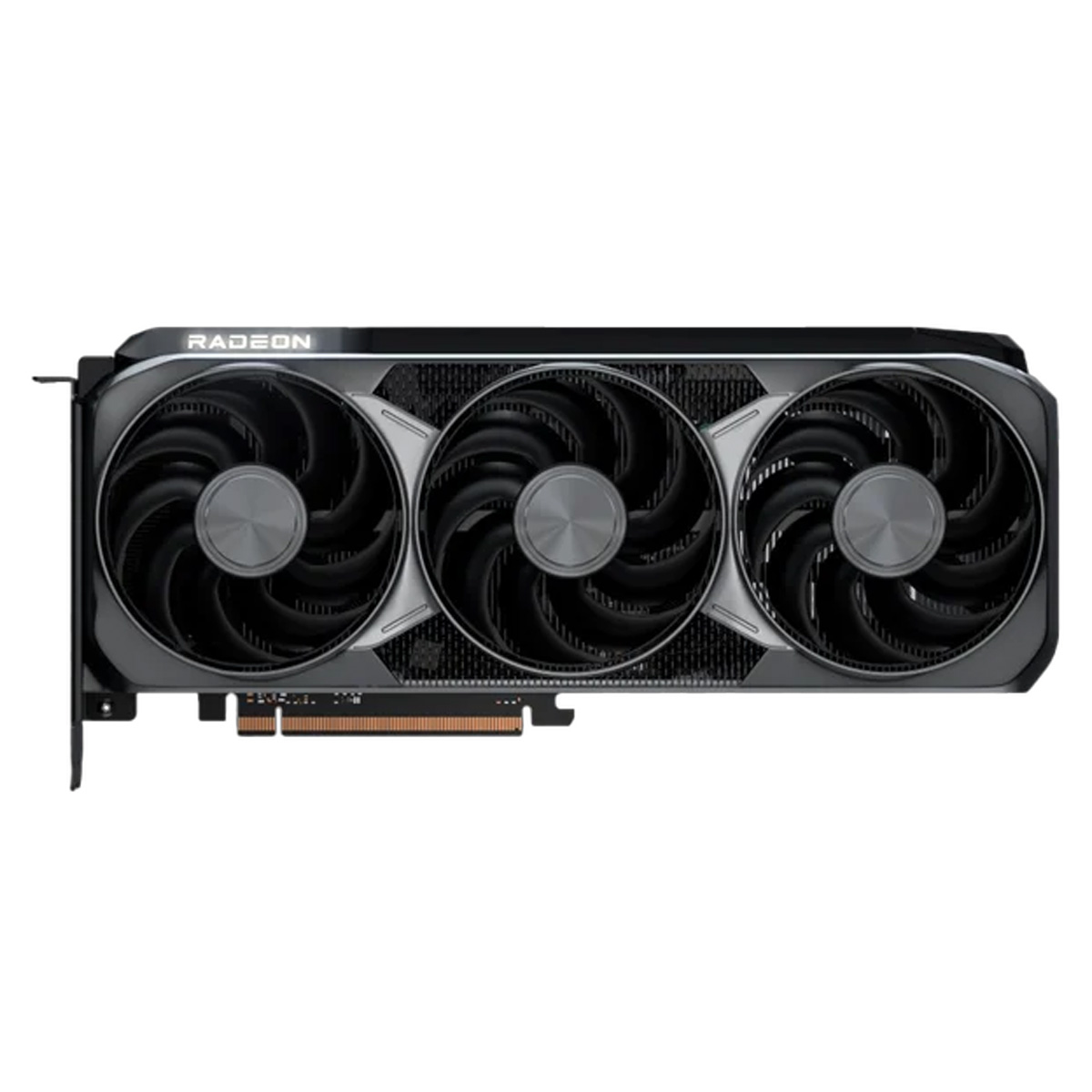
The best AMD graphics card overall
Value | ★★★★★
Features | ★★★★☆
Power | ★★★★★
AMD’s Radeon RX 9070 XT debuts the company’s new GPU generation with performance rivaling the RTX 4080 at half its original MSRP. Though not ideal for creatives or AI, it’s a gamer’s dream.
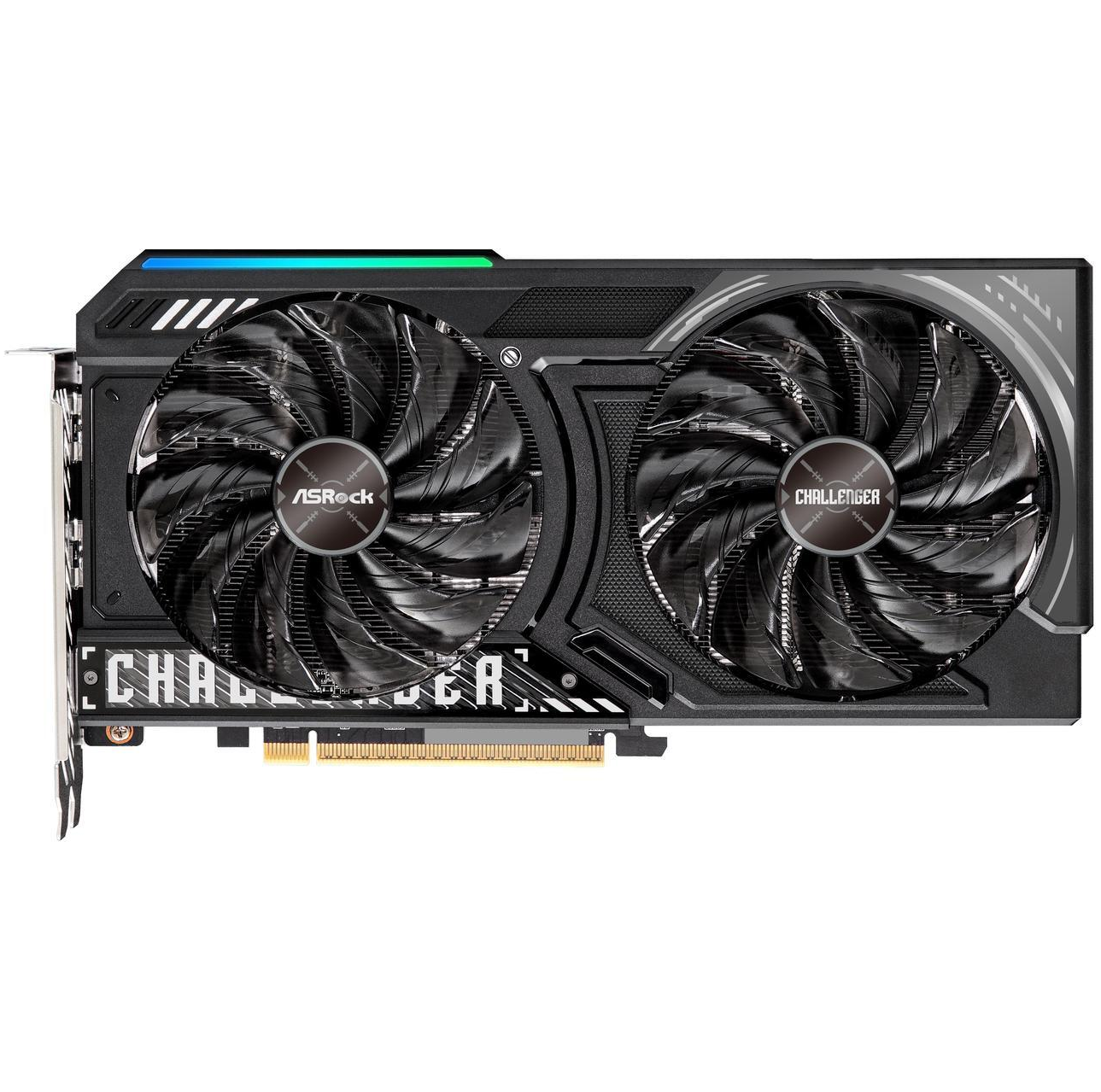
The best budget AMD graphics card
Value | ★★★★★
Features | ★★★★☆
Power | ★★★★★
The AMD RX 9060 XT is AMD's first budget offering this generation, and it's a phenomenal upgrade over the previous-gen RX 7600 XT, whether you go for the 8GB or 16GB version.
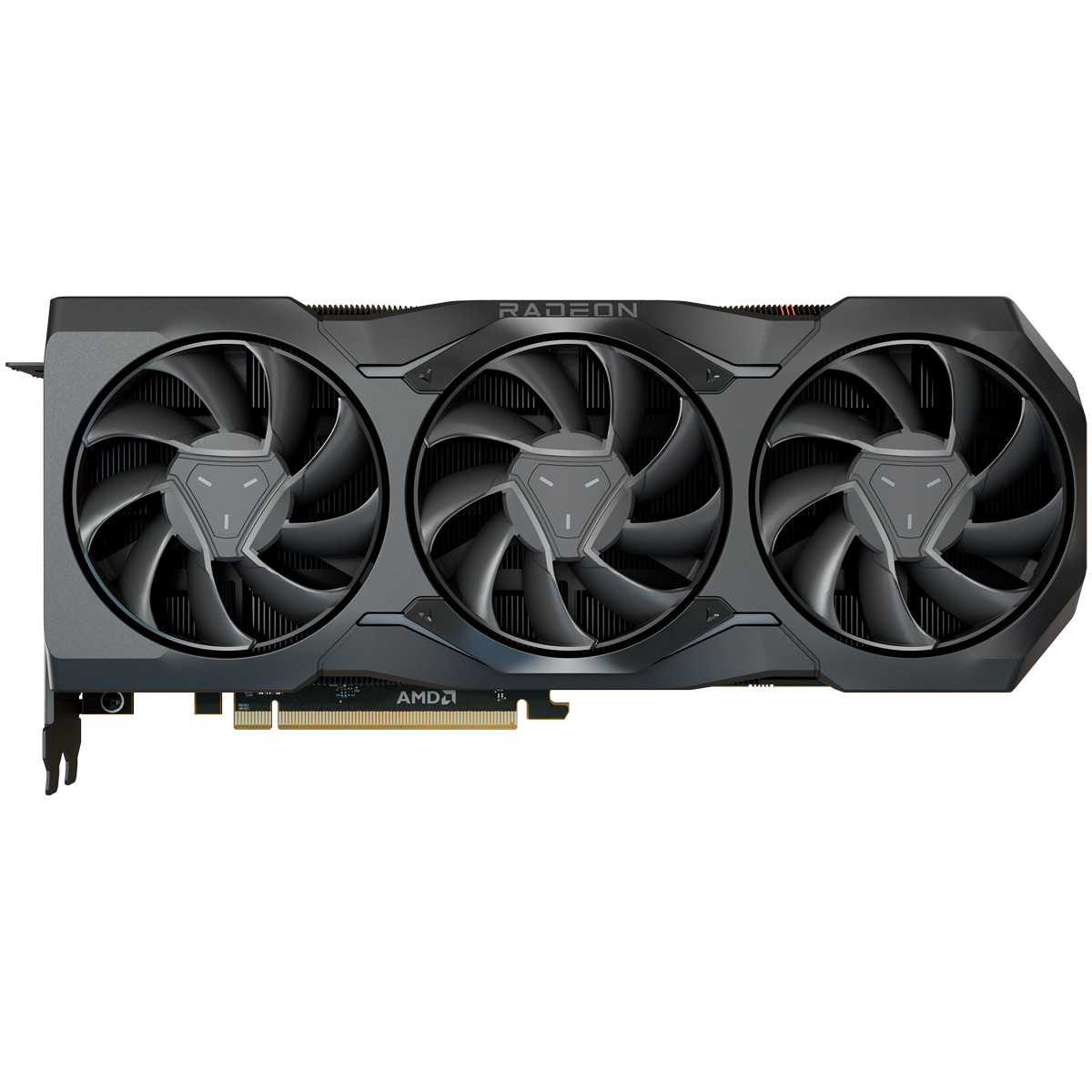
The best premium graphics card from AMD
Value | ★★★★☆
Features | ★★★★★
Power | ★★★★★
The AMD Radeon RX 7900 XTX is an absolute beast of a gaming GPU that holds its own against the best current generation graphics cards, though its price is going to be prohibitive for many, and its creative performance can't compete with Nvidia's
The best AMD graphics cards in 2025
Why you can trust TechRadar
The best AMD graphics card overall

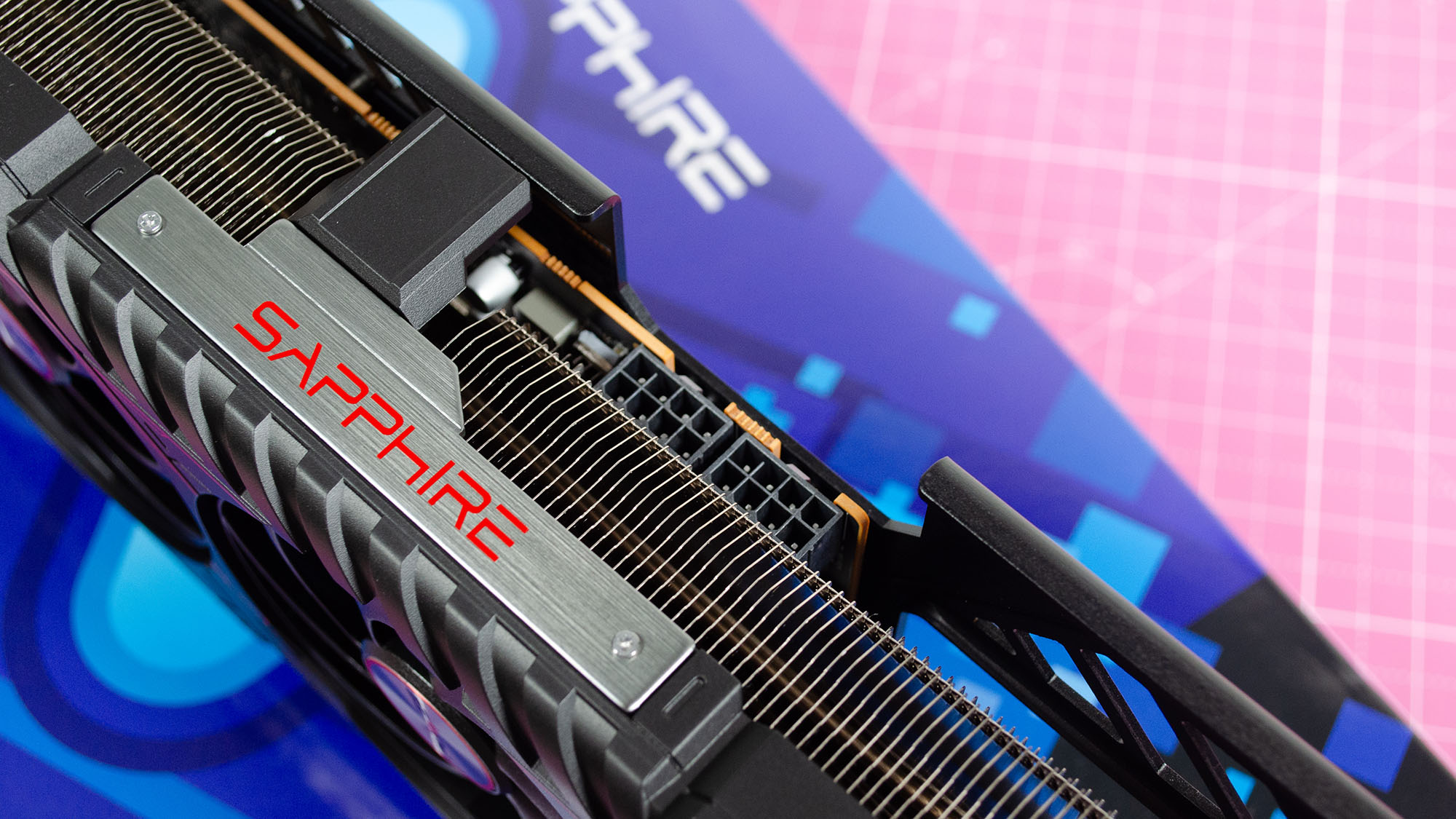
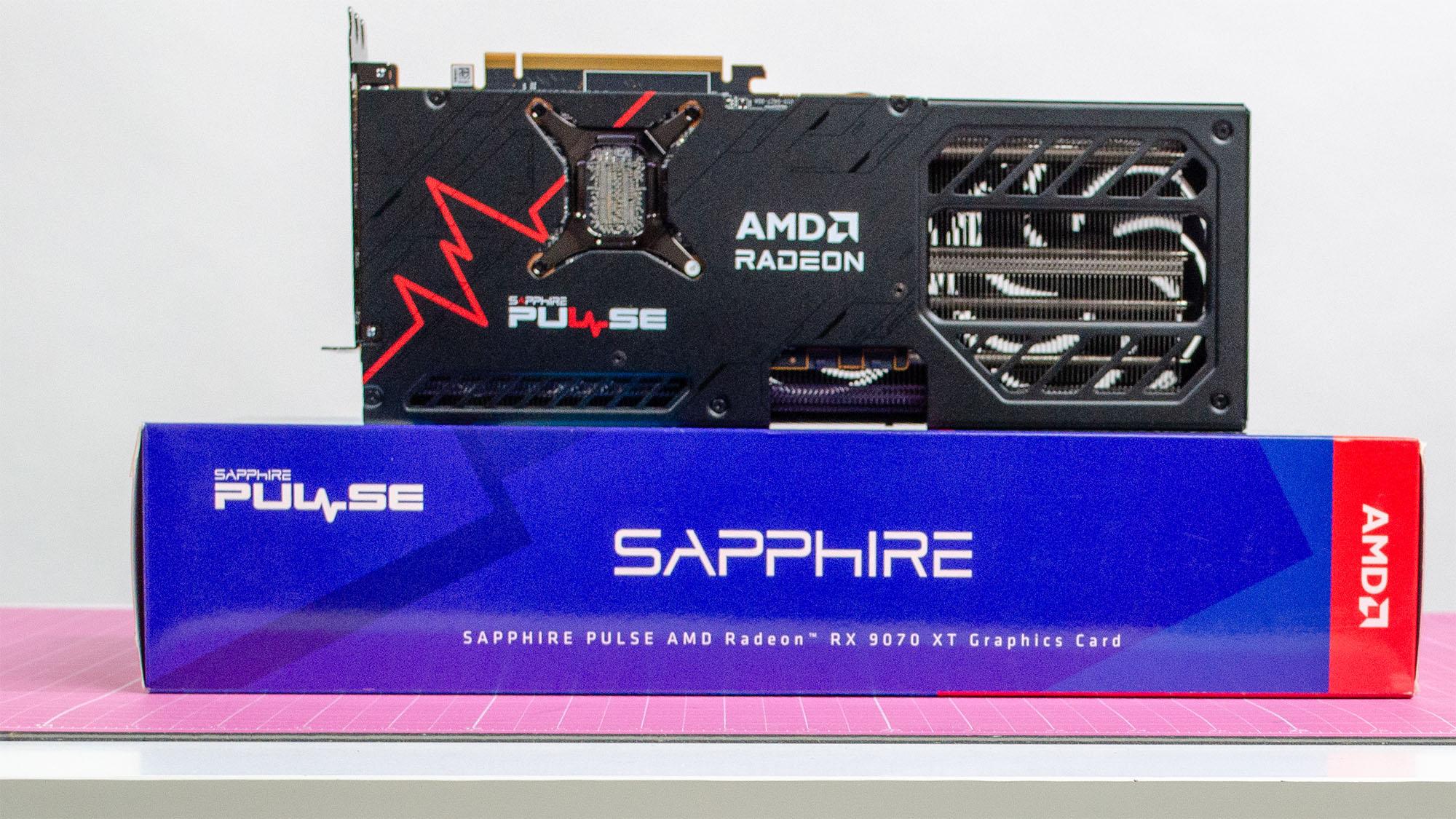
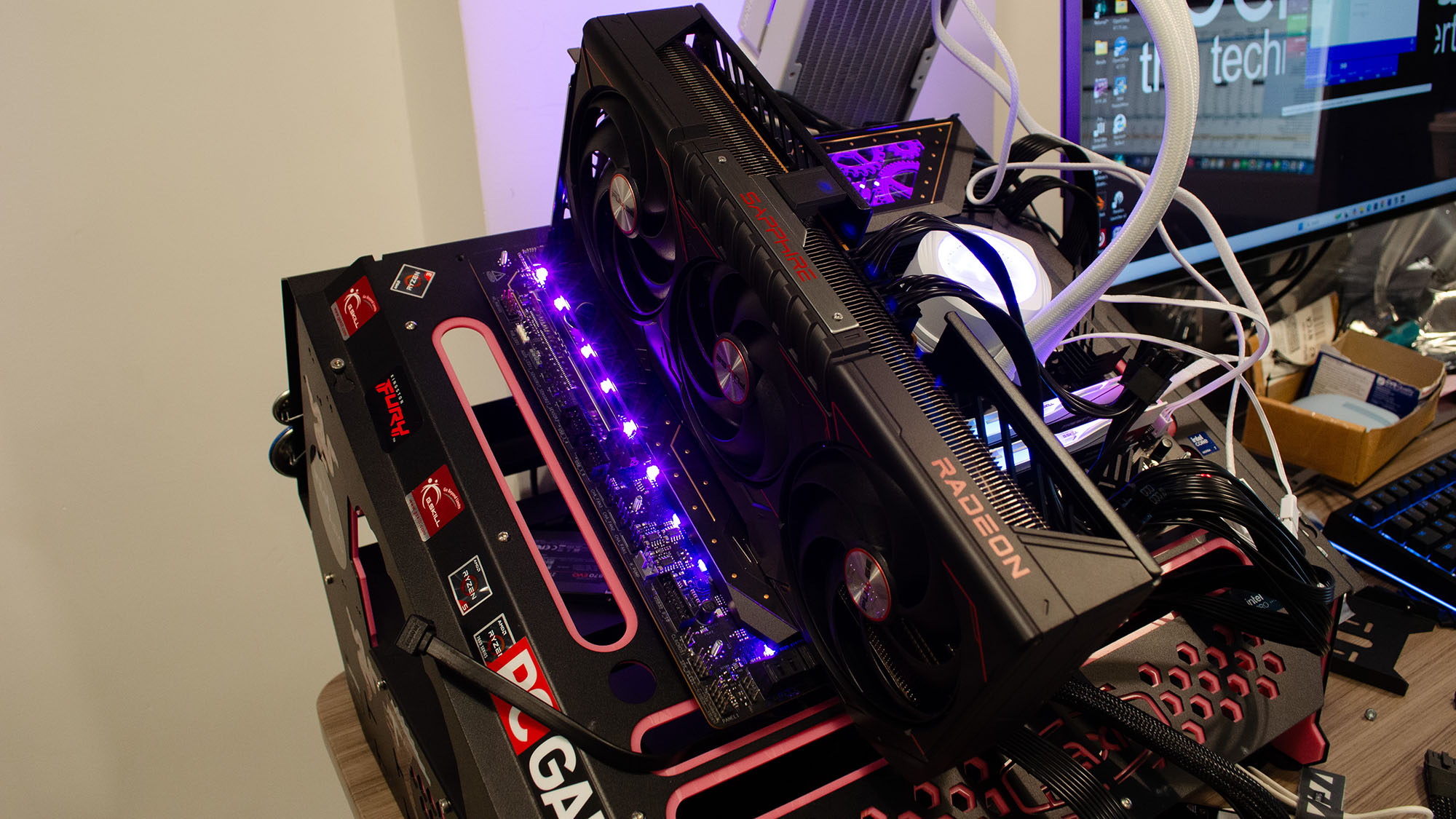
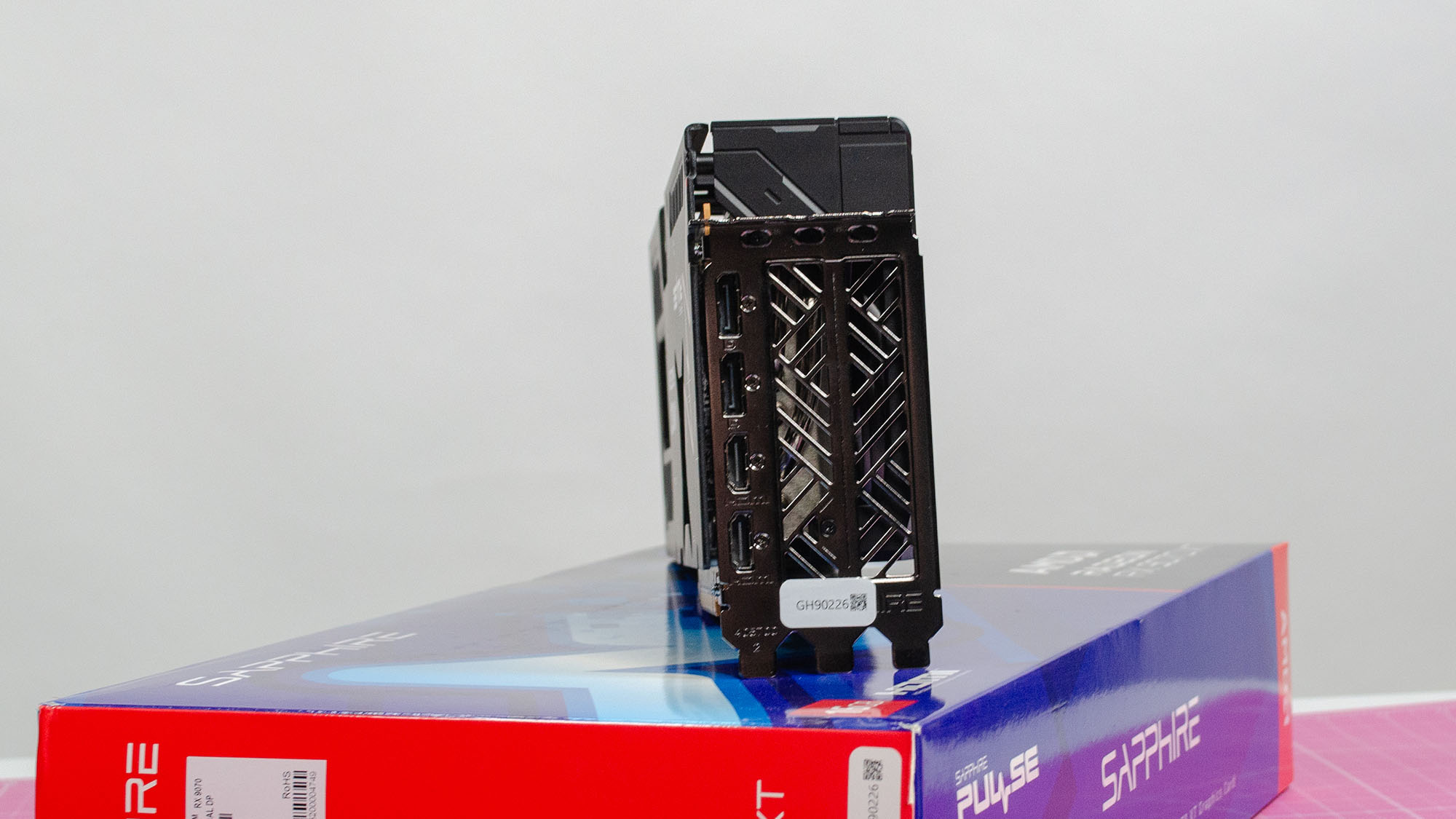
Specifications
Reasons to buy
Reasons to avoid
After two solid weeks of hands-on testing, I’m convinced the Radeon RX 9070 XT isn’t merely another great AMD card—it’s the definitive AMD graphics card for anyone who cares about gaming.
It delivers performance that often matches or even beats the Nvidia GeForce RTX 4080 while launching at just half the MSRP, making it the most compelling value on the market. And while AMD's new GPUs are getting hit with scalping and price inflation, the problem isn't nearly as bad as it is with competing Nvidia cards, which means that this flagship should generally be more affordable and available.
In terms of its performance, peak power draw can hit 309W, and you’ll need room for a triple-fan cooler, so mini-ITX builders may need to look elsewhere. And if you’re focused on heavy creative or AI workloads, rival Nvidia GPUs outclass this card by quite a bit.
But for pure, unapologetic gaming, nothing in AMD’s lineup comes close. The RX 9070 XT runs within 7% of an RTX 4080, trounces every previous-gen Radeon (even beating out the RX 7900 XTX in many cases), and maintains silky-smooth frame rates, even at 4K, in some of today’s most demanding titles.
Read the full AMD Radeon RX 9070 XT review
The best budget AMD graphics card
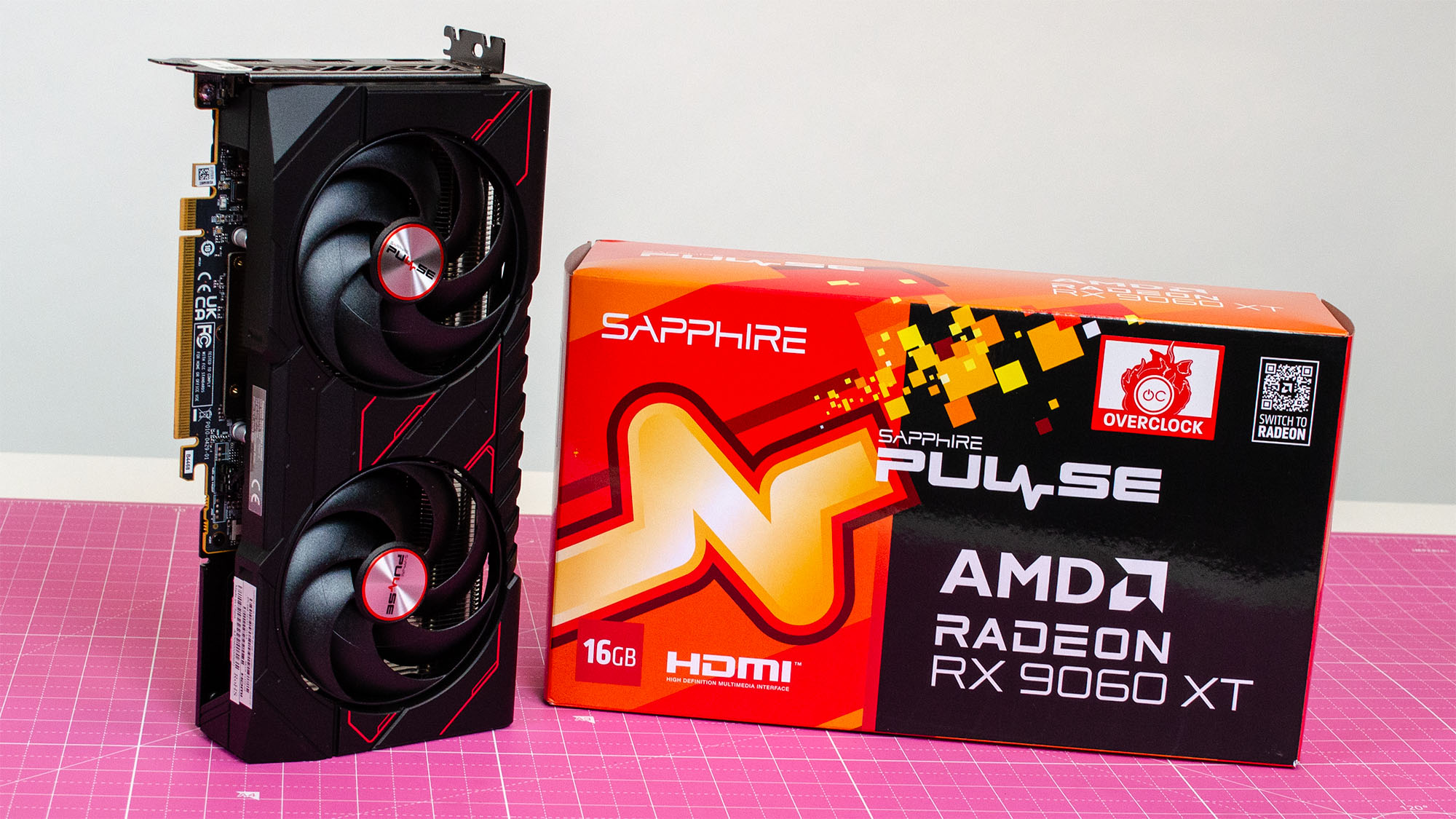
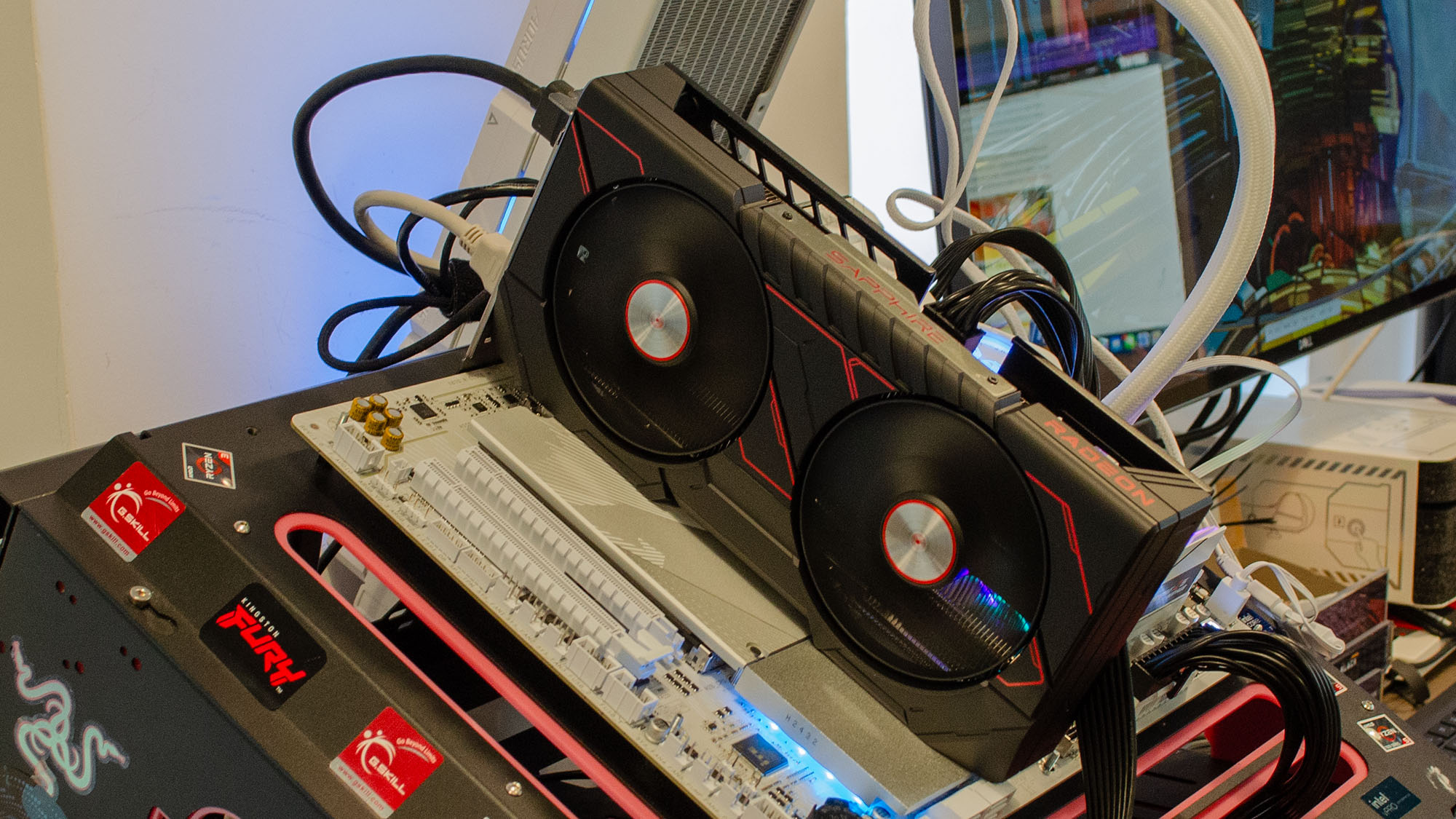
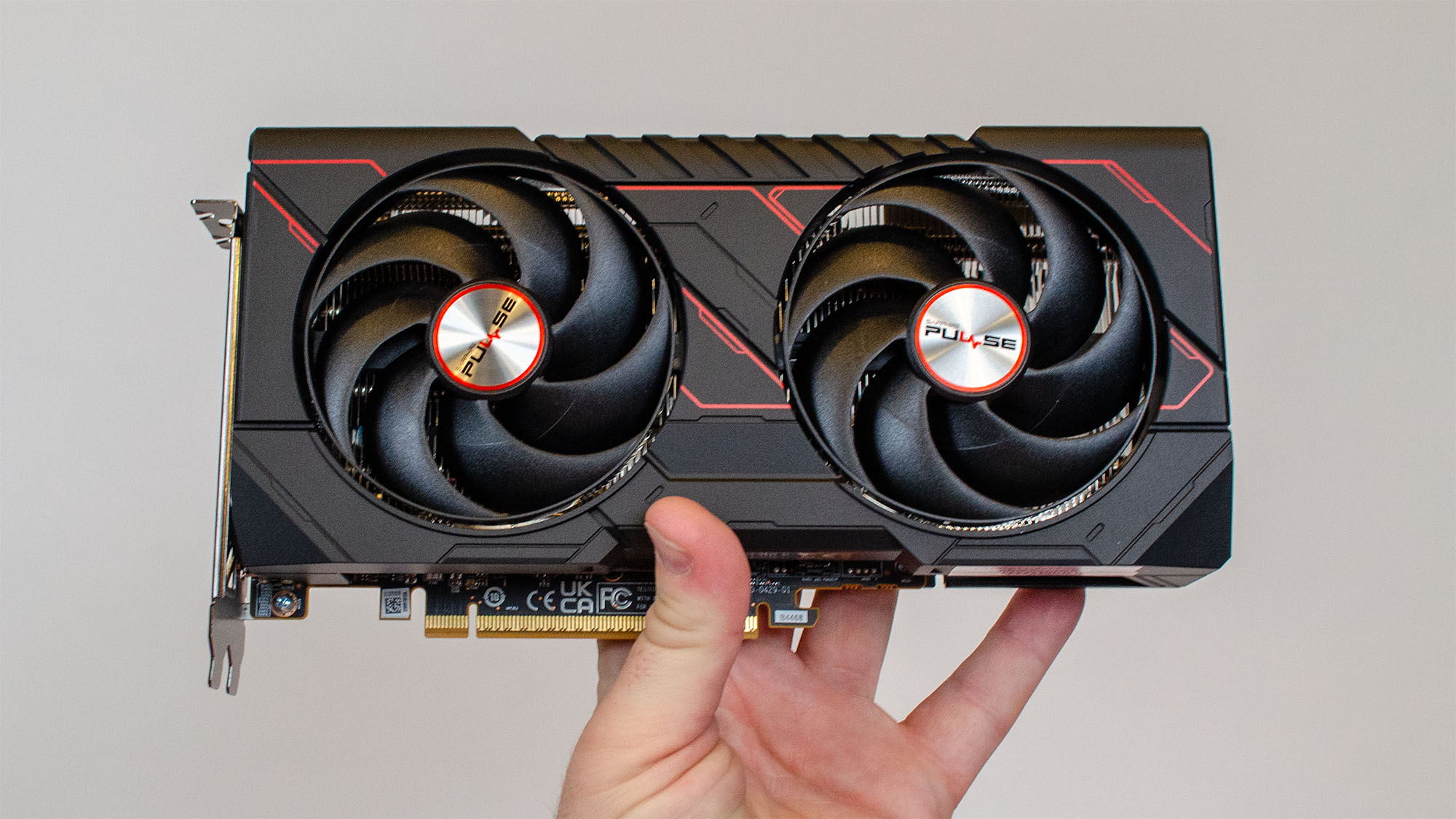
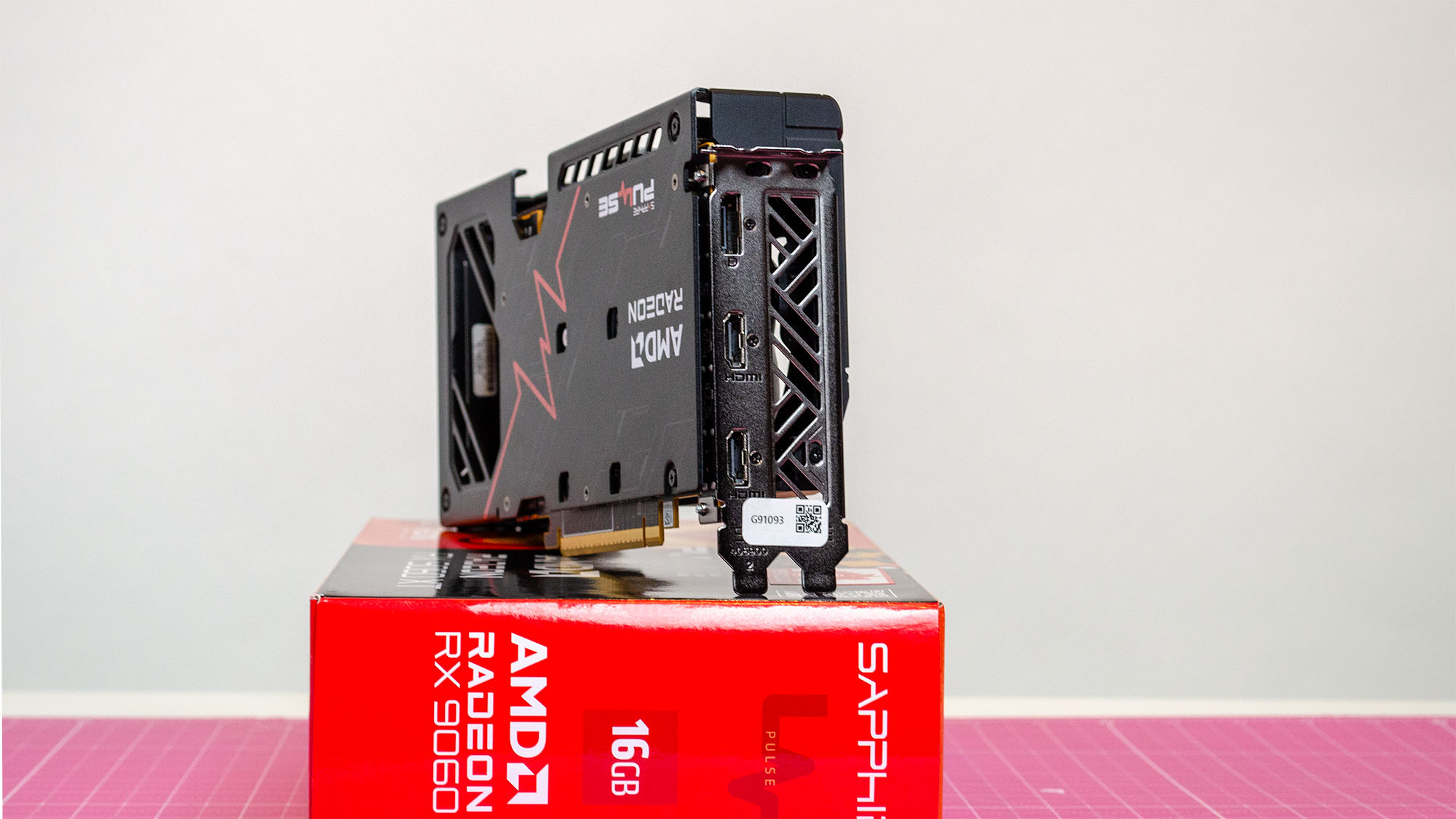
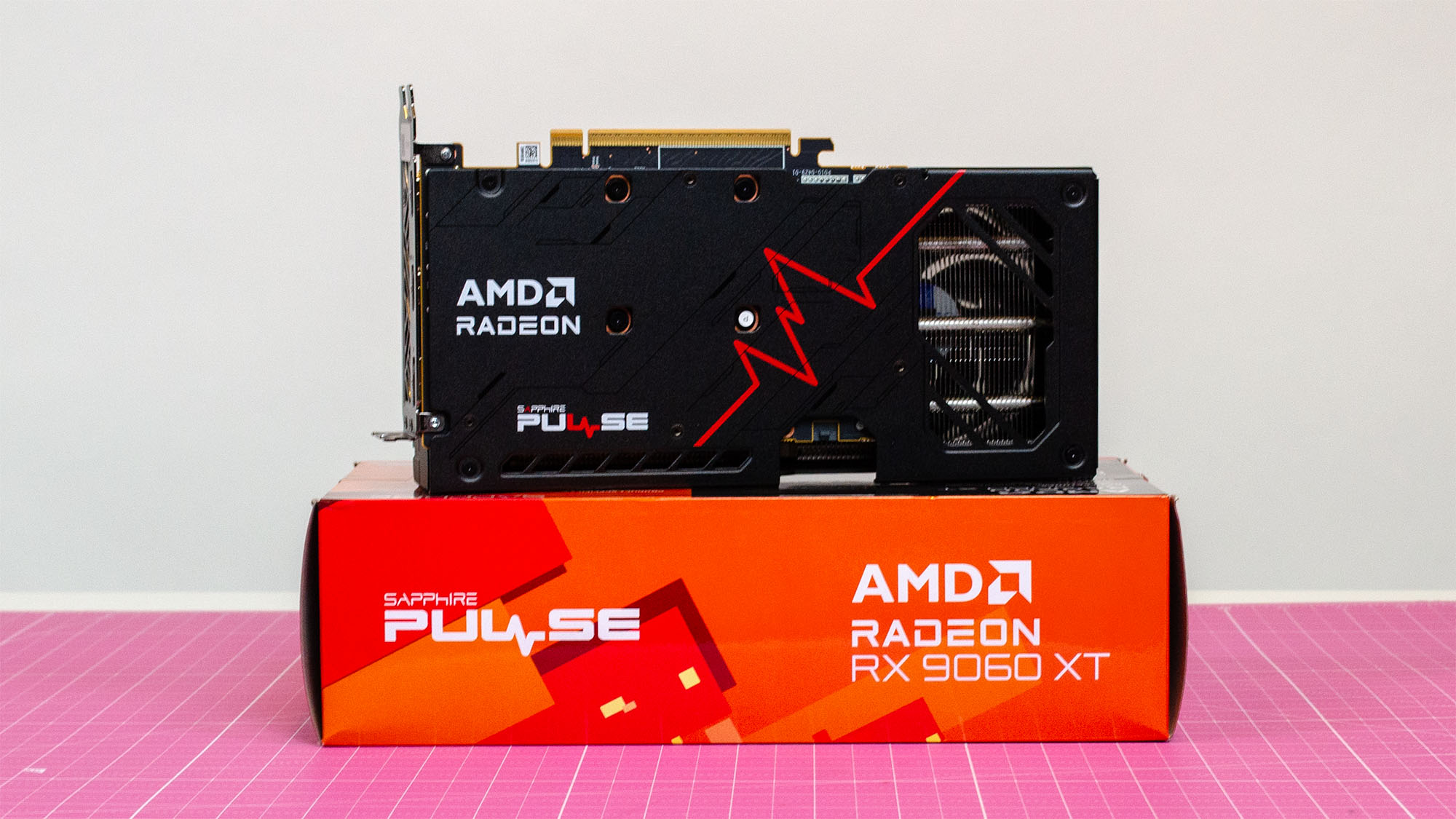
Specifications
Reasons to buy
Reasons to avoid
After all my testing, the AMD Radeon RX 9060 XT is 100% my top pick for the best budget AMD graphics card right now. Specifically, the 16GB version stands out as the one to get—it delivers excellent 1080p performance and even holds up well at 1440p, all while staying under the $400 mark. If you're looking for a fantastic GPU under $300, the 8GB version is also a very solid choice.
In my testing, the RX 9060 XT went head-to-head with Nvidia’s RTX 5060 Ti and RTX 5060 (at 16GB and 8GB, respectively) and came impressively close in both 1080p and 1440p benchmarks, despite costing less.
The 16GB of VRAM makes it a more future-proof option for newer games, where texture sizes and memory requirements continue to increase. The 8GB model, on the other hand, may start to show its limits in more demanding titles.
While overclocking potential is minimal due to AMD already tuning this card close to its max, the out-of-the-box performance more than makes up for it. If you're on a budget but want current-gen performance, the RX 9060 XT 16GB is hands-down the best value in AMD's lineup.
Read the full AMD Radeon RX 9060 XT review
The best Premium AMD graphics card
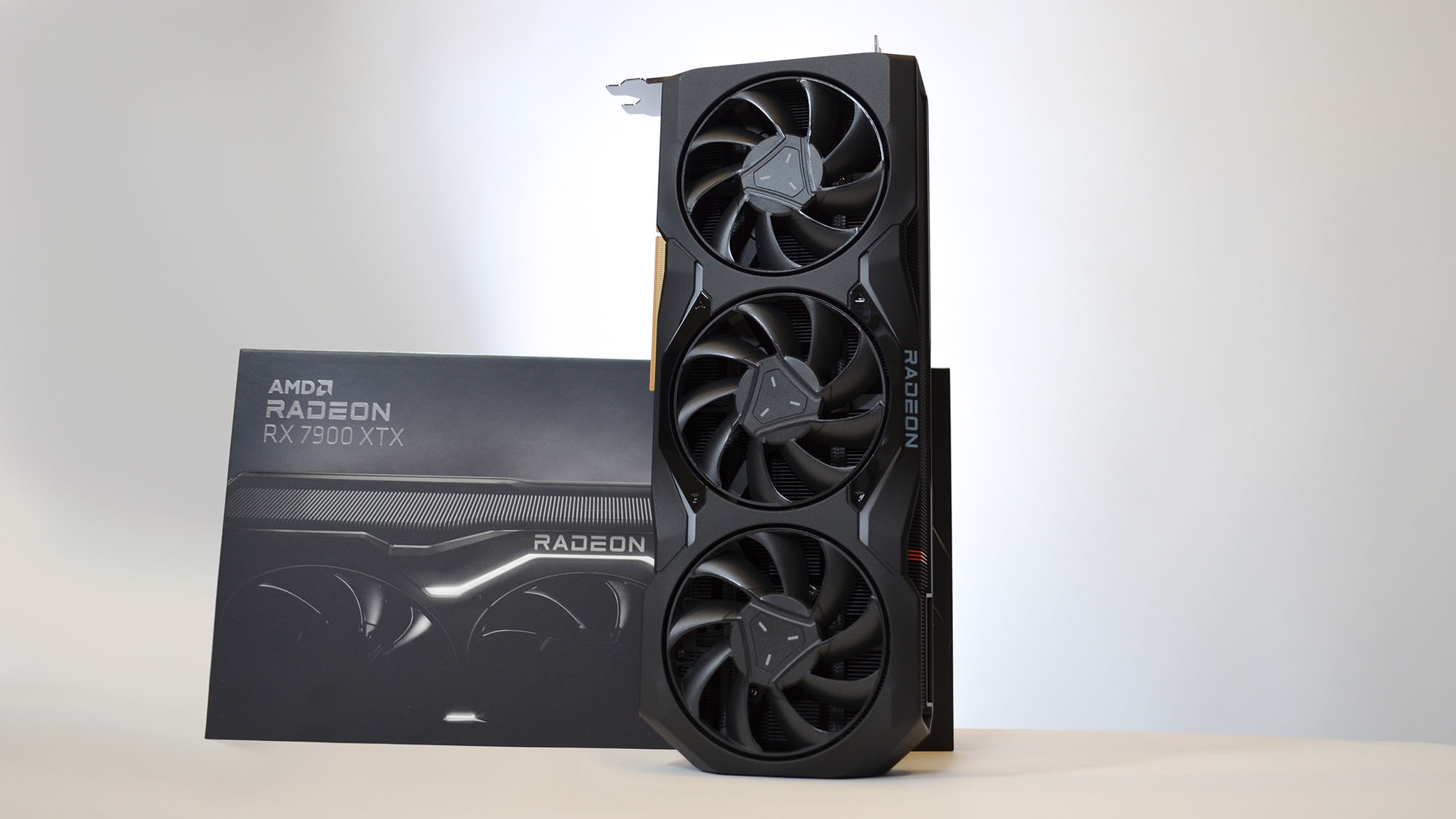
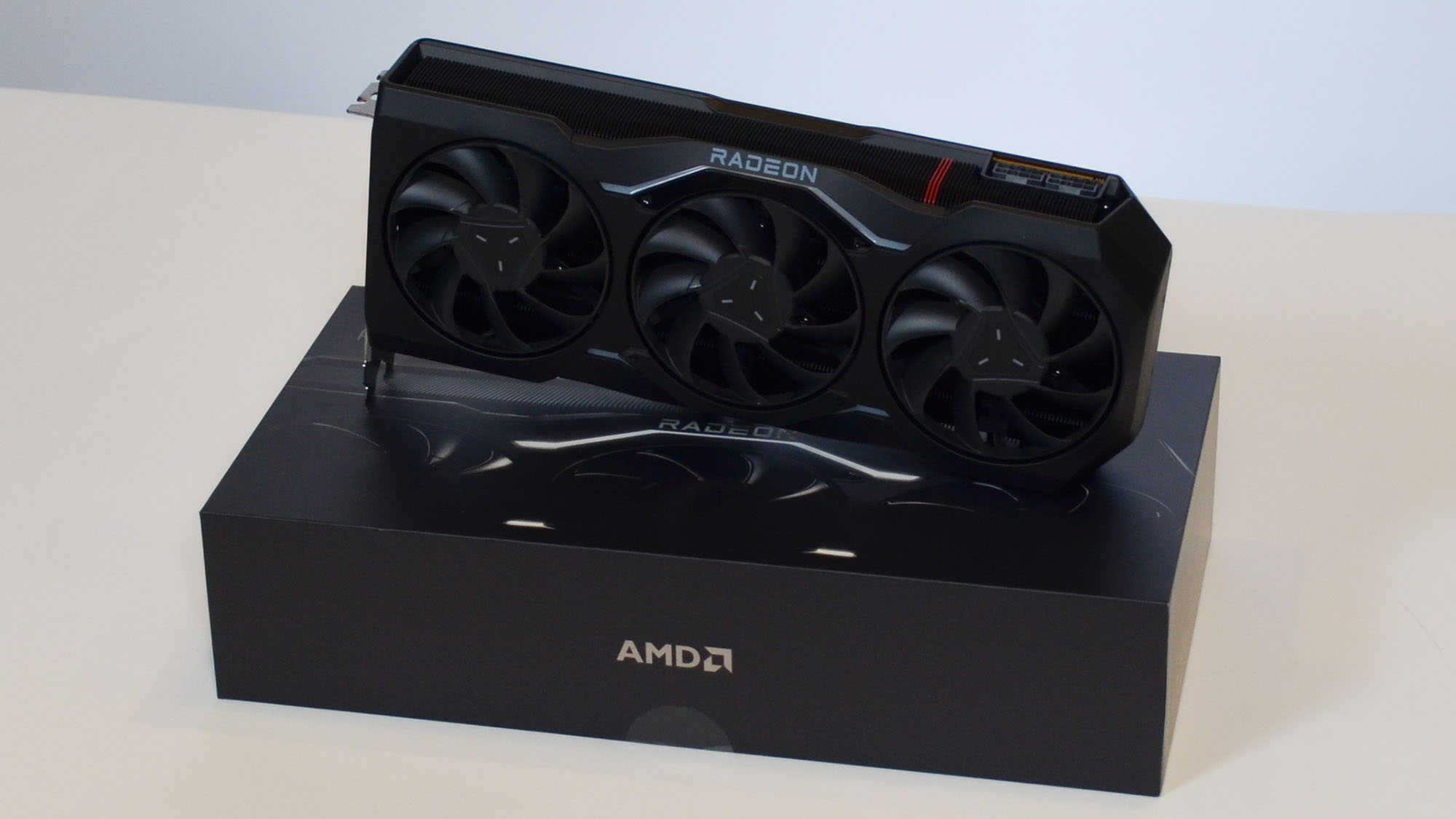
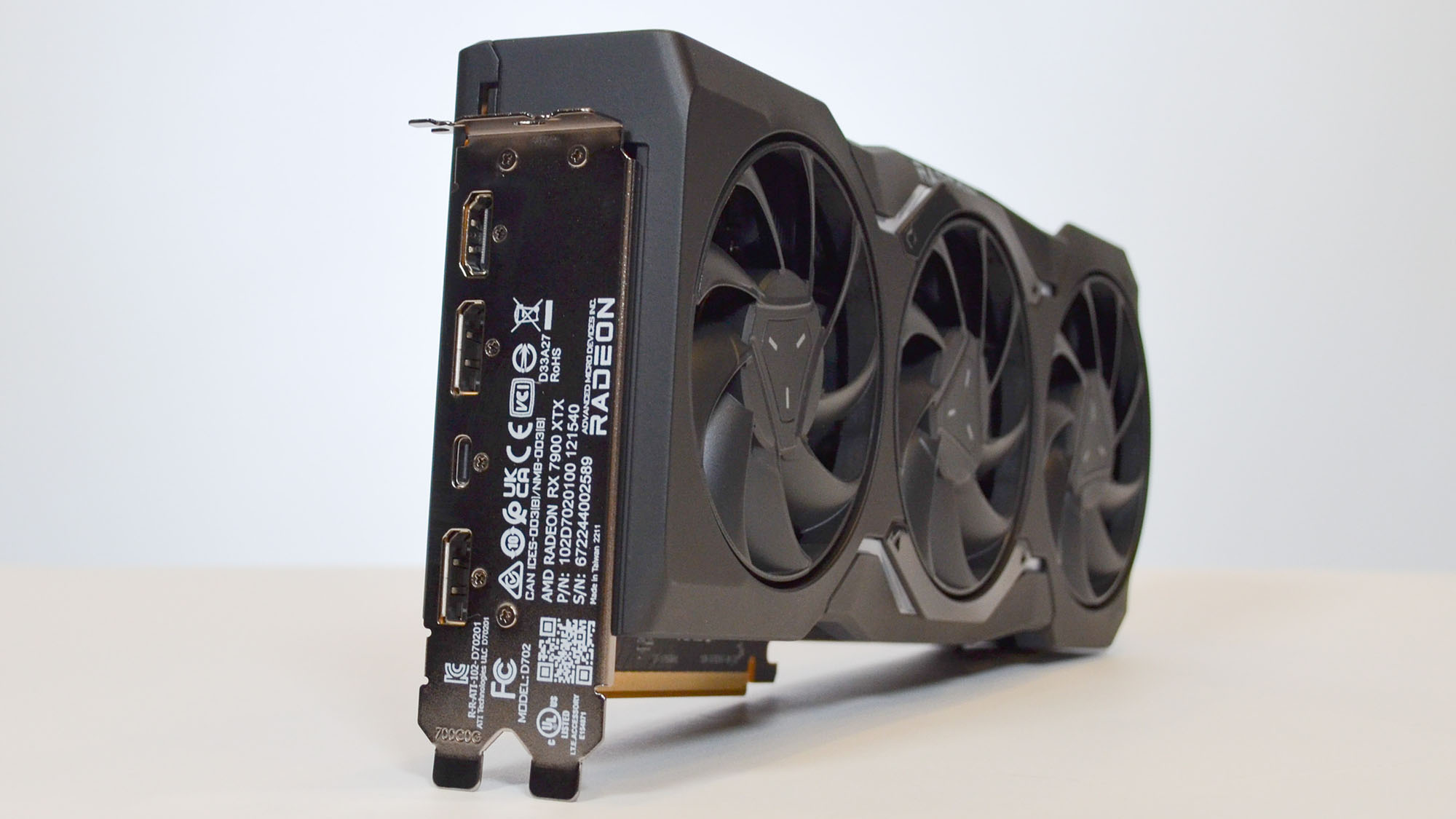
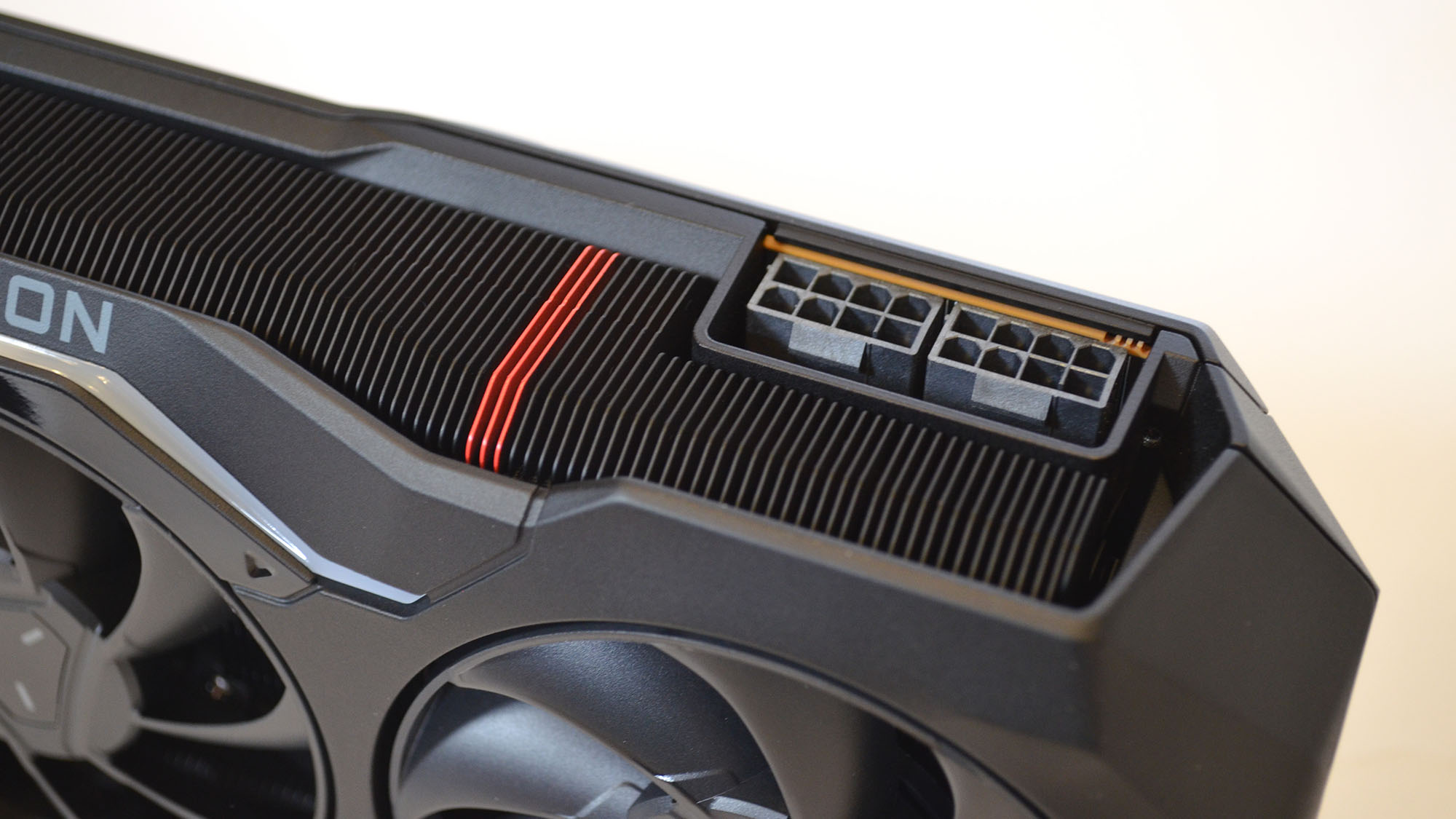
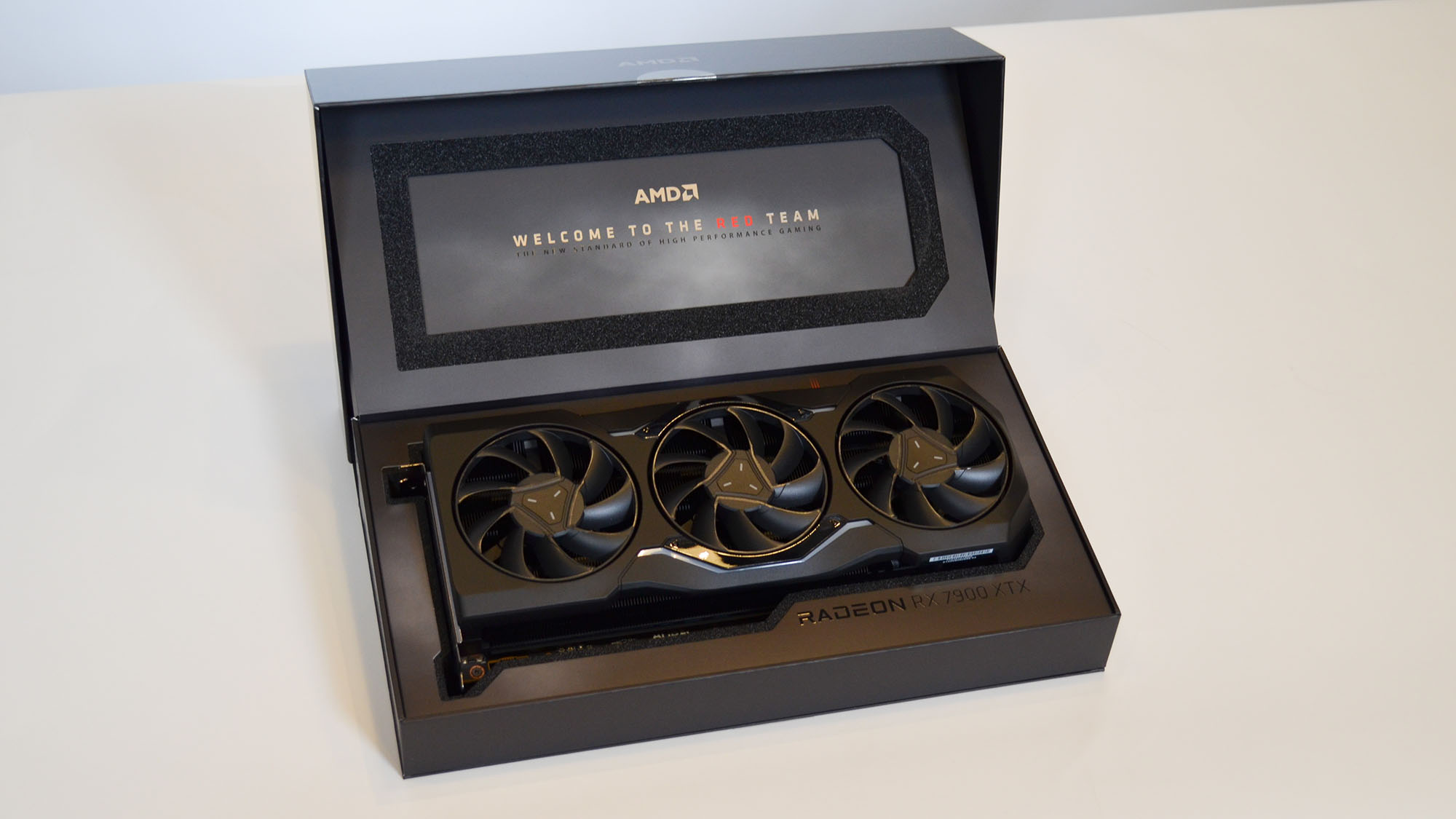
Specifications
Reasons to buy
Reasons to avoid
Asserting its dominance in the 4K gaming realm, the AMD Radeon RX 7900 XTX not only marks AMD's most exceptional offering in this category but also sets a new benchmark for 4K performance. Released at the tail end of 2022, this powerhouse GPU has redefined excellence in gaming graphics, especially considering its sub-$1,000 price tag.
The introduction of 2nd-gen ray accelerators in the RX 7900 XTX is a game-changer, elevating 4K gaming experiences to unprecedented levels with ultra settings and ray tracing—a feat its predecessor, the RX 6950 XT, could not fully achieve.
In essence, the AMD Radeon RX 7900 XTX stands as the quintessential choice for anyone seeking to upgrade their GPU with Team Red, particularly after enduring prolonged graphics card shortages. Its remarkable balance of price, performance, and 4K gaming capabilities firmly establishes it as AMD's premier 4K graphics card.
Read the full AMD Radeon RX 7900 XTX review
Best AMD graphics cards: FAQs
Which AMD graphics card is best?
Currently, the best AMD graphics card is the Radeon RX 9070 XT, according to my testing. It offers exceptional value for the price, and often beats out AMD's previous generation flagship Radeon RX 7900 XTX.
What is AMD equivalent to RTX 4090?
There really isn't a direct equivalent to the Nvidia RTX 4090 from AMD, as the AMD Radeon RX 7900 XTX was directly pitted against the Nvidia RTX 4080, and the Nvidia 9070 XT is somewhat on par with the last-gen flagship AMD card, though at a cheaper price.
Is RX or RTX better for gaming?
It used to be that the Nvidia RTX graphics cards were superior in performance to the AMD RX graphics cards, but that really isn't the case anymore for most market segments. If you want a high-end RTX 5090, then no, there's no AMD equivalent for that card in terms of gaming performance.
But given that almost no one can afford the RTX 5090, it's not really fair to bring that into the conversation. Among cards that most consumers have access to, there really isn't a whole lot of difference between the two major brands performance-wise.
Today's best AMD graphics card deals
Sign up for breaking news, reviews, opinion, top tech deals, and more.

John (He/Him) is the Components Editor here at TechRadar and he is also a programmer, gamer, activist, and Brooklyn College alum currently living in Brooklyn, NY.
Named by the CTA as a CES 2020 Media Trailblazer for his science and technology reporting, John specializes in all areas of computer science, including industry news, hardware reviews, PC gaming, as well as general science writing and the social impact of the tech industry.
You can find him online on Bluesky @johnloeffler.bsky.social
- Rob WebbContributing Writer